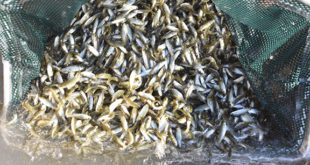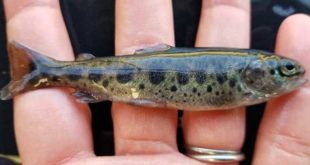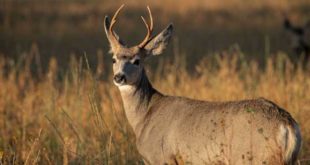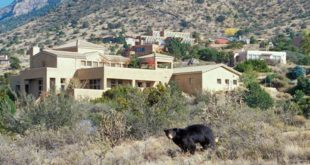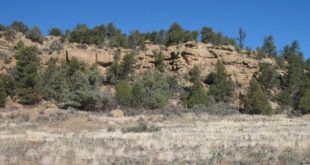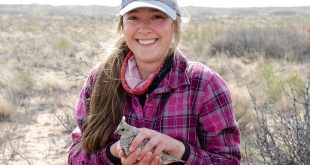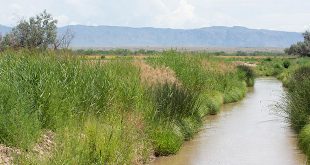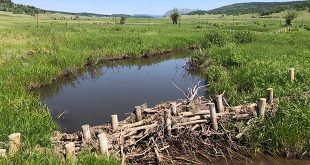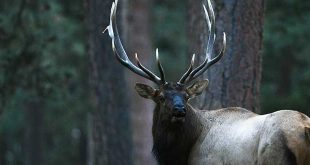After years of planning, the New Mexico Department of Game and Fish has successfully released over 43,000 striped bass hybrids, also known as “wipers,” as a pilot project at Caballo Lake in southern New Mexico. The introduction of these special hybrids provides a new sport fishing opportunity for anglers. Wipers …
November, 2022
June, 2022
-
23 June
Department adapts management of Eagle Nest trout fishery
Eagle Nest Lake has long been known as an angler’s paradise, particularly when it comes to rainbow trout. However, the introduction of non-native northern pike to the lake has led the Department to seek solutions that will allow both pike and trout to thrive, preserving the fishery for generations of …
April, 2022
-
25 April
Living with wildlife: Mule deer in urban neighborhoods
Mule deer are perhaps the most widely distributed and best-known large mammal found in New Mexico. The state’s mule deer population includes two subspecies. The Rocky Mountain mule deer inhabits the northern half of the state, while desert mule deer are most abundant in the state’s southern half. New Mexico’s …
-
25 April
Keep wildlife wild – Feeding wildlife puts you and others at risk
Most people mean well when they feed wildlife. What many don’t realize is that feeding wildlife is bad for the animals and dangerous for people. It’s also against the law in New Mexico if it creates a nuisance for you or someone else. There are many reasons feeding wildlife is …
December, 2021
-
21 December
Habitat – because all wildlife depends on it
Whether they’re a hunter, hiker or photographer, all outdoor enthusiasts love to see a lot of wildlife. Habitat improvements are made all over the world to benefit wildlife, and New Mexico is no exception. These improvements play a pivotal role in refining conditions for wildlife; they also provide additional hunting …
-
6 December
A Wildlife Balancing Act: Landscape Management and Wildlife Biology Go Hand-in-Hand
Even for the everyday reader who hasn’t spent his or her time studying wildlife professionally, it’s probably no secret that wildlife species share space and compete for the same use of habitat, whether that is for food, water or shelter. It is also likely that most people would recognize that …
November, 2021
-
12 November
Bernardo WMA to undergo wetland improvements
Wetlands on the Bernardo Wildlife Management Area are getting a facelift this winter as part of an effort to benefit wildlife and outdoor recreationists alike. Construction work will improve the 1,800-acre property’s water-management system, allowing for more efficient use of what is gradually becoming a more limited resource. Other improvements …
September, 2021
-
8 September
Department, partners work to restore riparian areas
Salt cedar, Russian olive and Siberian elm are all common sights along New Mexico’s rivers and streams, despite none of them being native to the Land of Enchantment. While all were brought to New Mexico with the best of intentions, they have since damaged the riparian habitat that many of …
July, 2021
-
23 July
Restoration work brings back beaver dams
When beavers, previously thought to be a nuisance species, were eliminated from the Edward Sargent Wildlife Management Area, located north of Chama in Rio Arriba County, it had a widespread effect on the entire ecosystem. Without their dams causing streams to pool, surrounding wetland areas began to dry up, creating …
-
6 July
Fires can benefit wildlife habitat: New growth can create better, more diverse food sources
At first glance, wildfires may appear to be dangerous and destructive, but that isn’t always the case. In fact, what would appear to be devastating to the forest, and the wildlife that call it home, is often quite beneficial and even necessary for the long-term survival of flora and fauna …
 New Mexico Wildlife magazine Conserving New Mexico's Wildlife for Future Generations
New Mexico Wildlife magazine Conserving New Mexico's Wildlife for Future Generations
